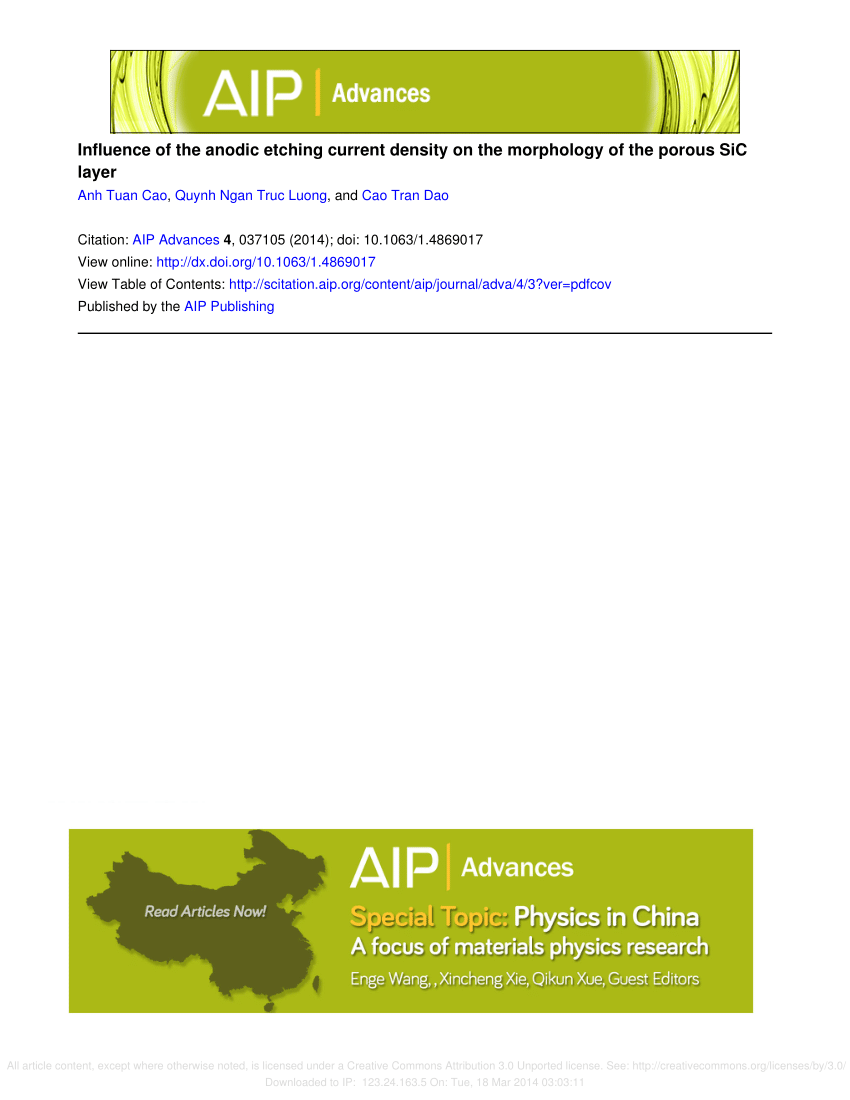A novel hybrid framework for predicting the remaining useful life of energy storage batteries
IF 1.4
4区 物理与天体物理
Q4 MATERIALS SCIENCE, MULTIDISCIPLINARY
引用次数: 0
Abstract
Accurate prediction of the remaining useful life (RUL) of energy storage batteries plays a significant role in ensuring the safe and reliable operation of battery energy storage systems. This paper proposes an RUL prediction framework for energy storage batteries based on INGO-BiLSTM-TPA. First, the battery’s indirect health index is extracted by combining principal component analysis and the Pearson correlation coefficient in the battery charge/discharge cycle data. Second, for the problem that the Northern Goshawk Optimization (NGO) algorithm is prone to falling into local optimum, the Gaussian variation mechanism and nonlinear hunting radius are introduced to improve the NGO algorithm, and the Improved Northern Goshawk Optimization (INGO) algorithm is proposed. Finally, the temporal pattern attention (TPA) mechanism is introduced in the bi-directional long short-term memory (BiLSTM), which makes the model weighted to focus on the features of important time steps, and the INGO algorithm is applied to it to build the RUL prediction framework. Based on the CALCE battery dataset, the root-mean-square error (RMSE) of RUL prediction based on the proposed framework is controlled within 1.3%, which provides better prediction accuracy and generalization.预测储能电池剩余使用寿命的新型混合框架
准确预测储能电池的剩余使用寿命(RUL)对于确保电池储能系统的安全可靠运行具有重要作用。本文提出了一种基于 INGO-BiLSTM-TPA 的储能电池 RUL 预测框架。首先,结合电池充放电循环数据中的主成分分析和皮尔逊相关系数,提取电池的间接健康指数。其次,针对Northern Goshawk优化算法(NGO)容易陷入局部最优的问题,引入高斯变化机制和非线性狩猎半径来改进NGO算法,提出了改进的Northern Goshawk优化算法(INGO)。最后,在双向长短时记忆(BiLSTM)中引入时间模式关注(TPA)机制,使模型加权关注重要时间步的特征,并将 INGO 算法应用于其中,构建 RUL 预测框架。基于 CALCE 电池数据集,所提出框架的 RUL 预测均方根误差(RMSE)控制在 1.3% 以内,具有更好的预测精度和泛化能力。
本文章由计算机程序翻译,如有差异,请以英文原文为准。
求助全文
约1分钟内获得全文
求助全文
来源期刊

AIP Advances
NANOSCIENCE & NANOTECHNOLOGY-MATERIALS SCIENCE, MULTIDISCIPLINARY
CiteScore
2.80
自引率
6.20%
发文量
1233
审稿时长
2-4 weeks
期刊介绍:
AIP Advances is an open access journal publishing in all areas of physical sciences—applied, theoretical, and experimental. All published articles are freely available to read, download, and share. The journal prides itself on the belief that all good science is important and relevant. Our inclusive scope and publication standards make it an essential outlet for scientists in the physical sciences.
AIP Advances is a community-based journal, with a fast production cycle. The quick publication process and open-access model allows us to quickly distribute new scientific concepts. Our Editors, assisted by peer review, determine whether a manuscript is technically correct and original. After publication, the readership evaluates whether a manuscript is timely, relevant, or significant.
 求助内容:
求助内容: 应助结果提醒方式:
应助结果提醒方式:


